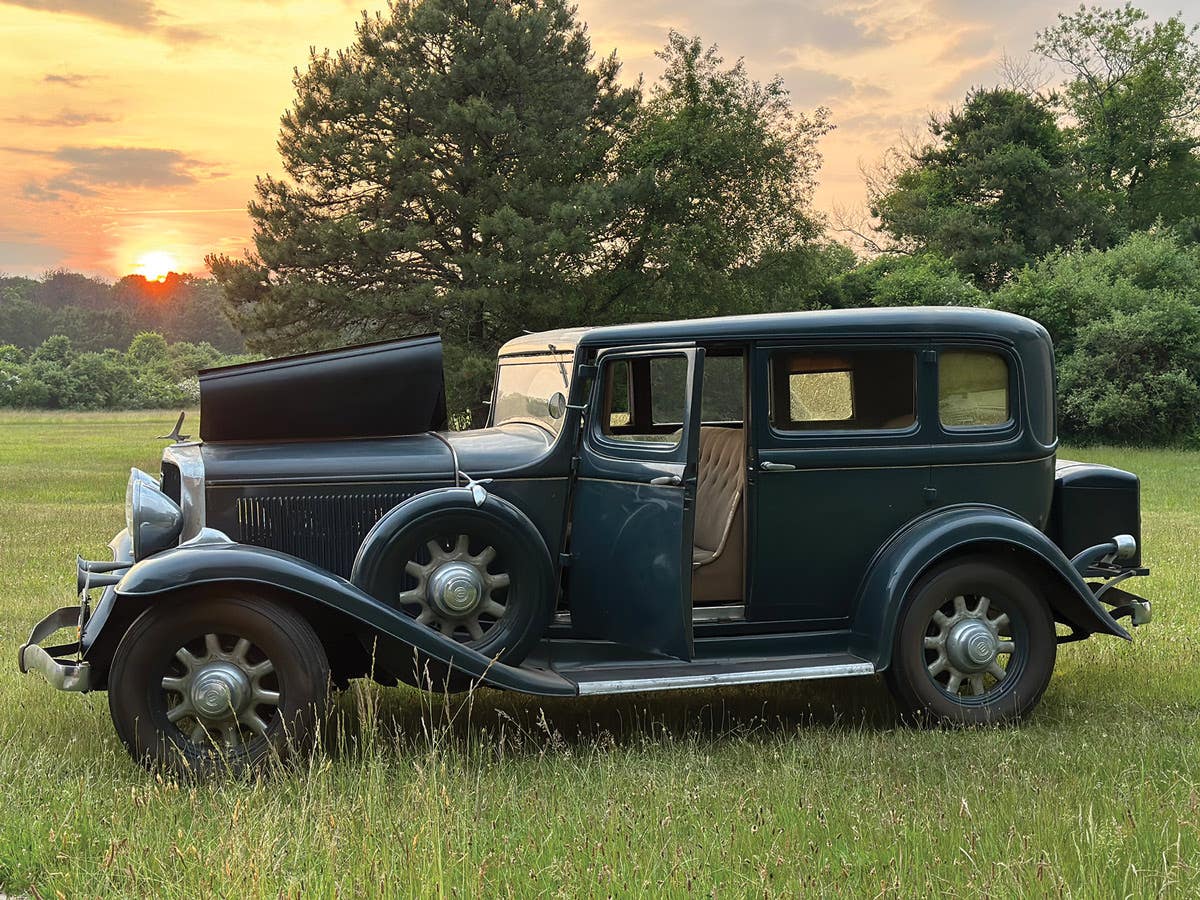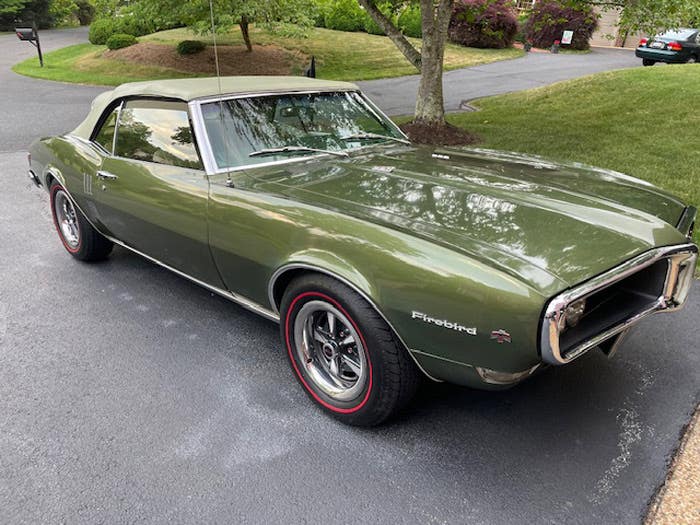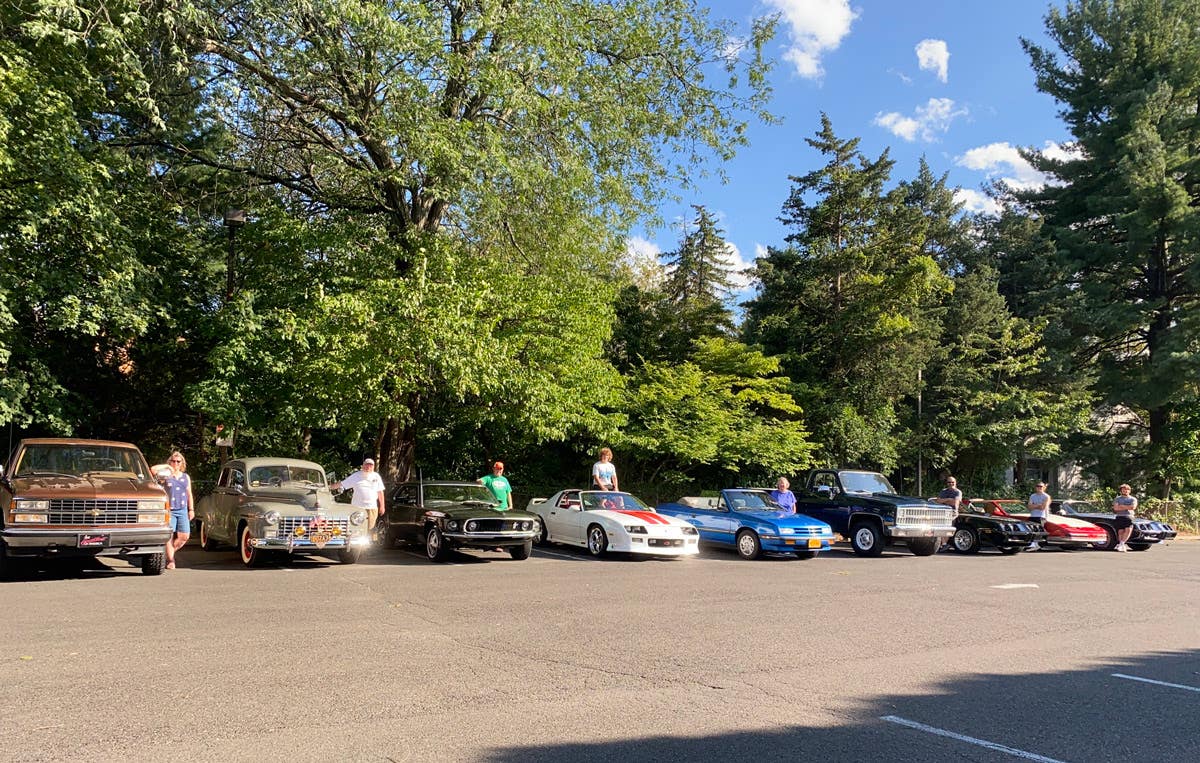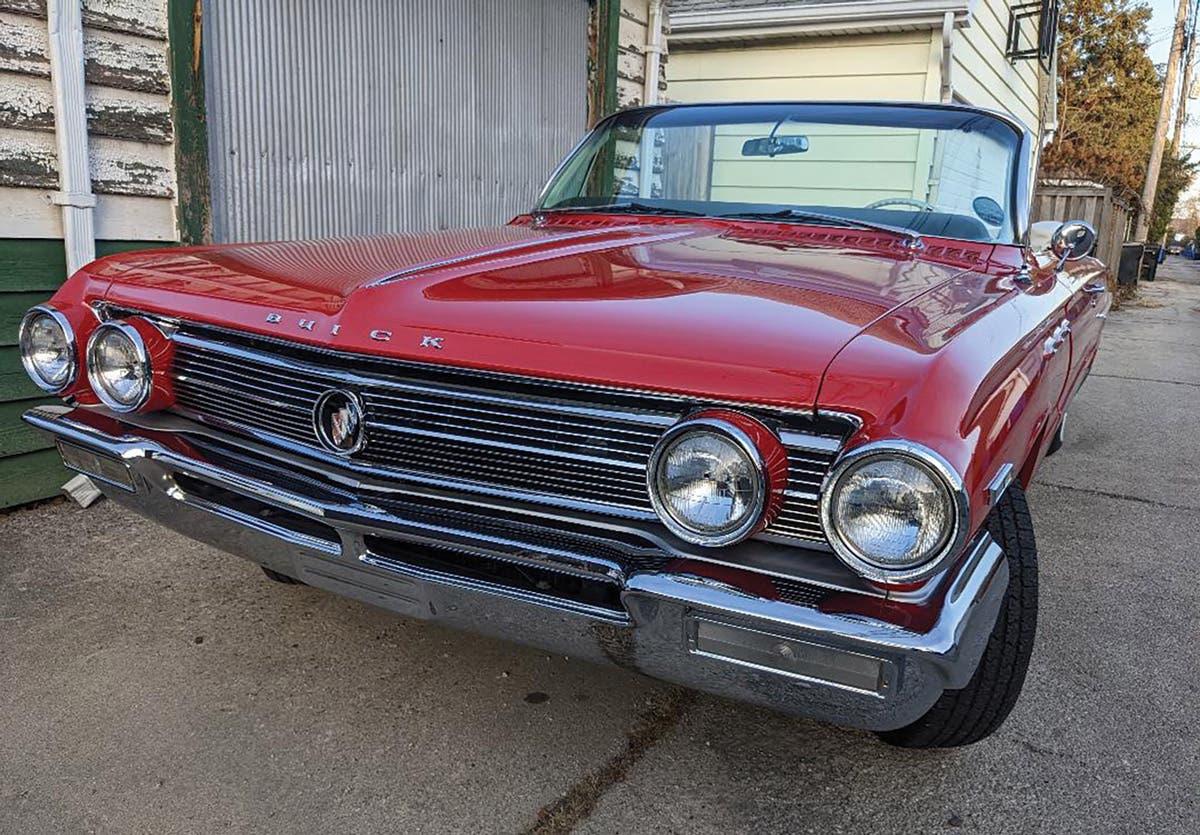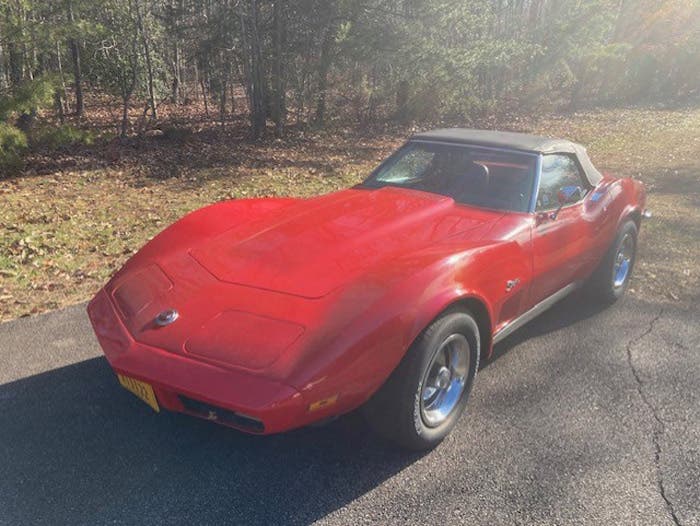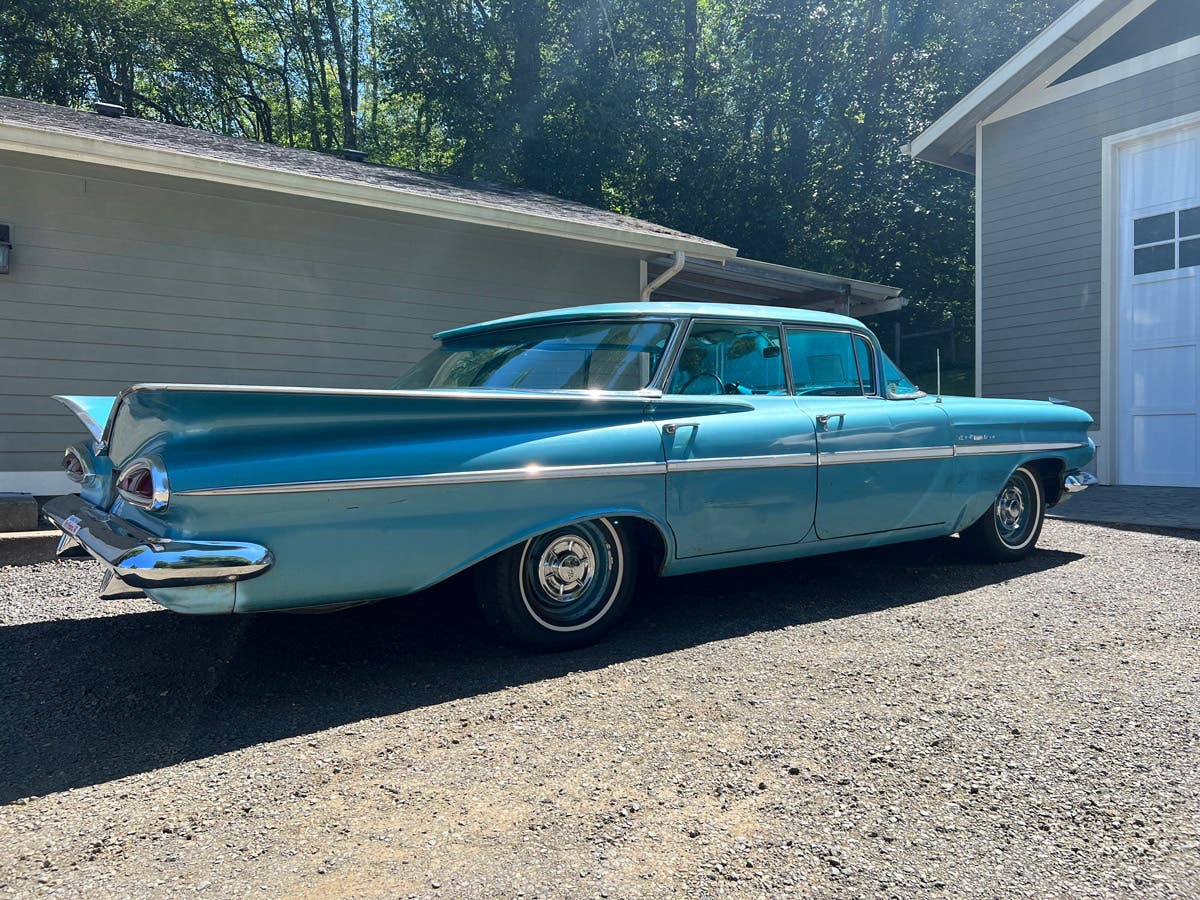’27 Model A is British Treasure
English-built Model A reflects paint company’s proud heritage.
Launched in America during December 1927 using one of the biggest advertising campaigns the world had ever seen, the Model A Ford became a spectacular success. More than 5 million were built by the time production ceased. Even today, the Model A is considered one of the most popular collector cars in the world.
But although about a half a million are thought to have been restored, customized and preserved in the United States, they’re rare in England.
A freshly restored Model A owned by John Falder, MD, of Manchester England holds a special place in the history of the HMG Paint Co. and the English city. Dating from September 1930, it is one of the last Model A’s built at Ford’s Trafford Park, Manchester plant, before production was transferred to Dagenham. The car first took to the road during the year that HMG was founded by Harold Marcel Guest and John’s grandfather, Herbert Falder. It has a unique “hatchback” design, with a rear-opening door for its use as a salesman’s car.
“With our 80th anniversary coming up in less than two years, we thought we would restore it to its former glory and showcase our traditional-style automotive paints,” John Falder noted. “We first acquired the Model A over 30 years ago and used it for family outings, often for commuting to work over the years; it earned a special place in our hearts. Even its seemingly personalised number plate, JF 525, was originally fitted to the car. Its vintage and Manchester origins fitted in perfectly with our company history.”
The painstaking restoration involved manually rebuilding virtually every pressed steel panel. Macclesfield coachbuilder Norman Isles, who first met Falder 30 years ago, did the work. Isles uses HMG cellulose finishes when refinishing such classic marques as Rolls-Royce, Bentley, Aston Martin, Ferrari and Porsche. The second of three generations of panel beaters and restorers, Isles joined his sons Craig and Simon in working on the Model A over a number of years. He said it was one of his most challenging jobs ever.
The Model A was introduced as a successor to the Model T and differed completely from the earlier car in styling and engineering. It offered a choice of 50 body styles and 40 colors — though not black, initially. It was the first Ford to use conventional foot pedals and a three-speed, sliding-gear transmission. It featured hydraulic shock absorbers and welded steel-spoke wheels.
With sales booming, Henry Ford decided to establish his first factory outside of North America. He acquired a closed-up tram works south of Manchester, at Trafford Park. It was a plant that in 1913 boasted Europe’s first moving assembly line.
By 1925, Trafford Park had built Britain’s 300,000th Ford. It continued producing Model A’s — and other vehicles — until the Dagenham, East London plant opened in October 1931.
Falder’s Model A Tudor was first registered on Sept. 27, 1930. This made it one of the last Manchester-built models. These cars used a 2-liter engine that differed from the 201-cid (3.3-liter) American motor. The Falder car took to the road around the time that Herbert Falder and Harold Marcel Guest were setting up H Marcel Guest Co. The firm first made cellulose capping solutions and soon cellulose-based automotive paints.
The Falder family bought the car — serial no. 525 — in 1978, when it was in very poor condition, but rich with history. The family ran the car for around 20 years and 20,000 miles before retiring it. Later, HMG’s semi-retired maintenance manager, Tommy Wright, worked scrupulously on refurbishing the vehicle’s chassis at the Collyhurst Road factory. Sadly, Wright passed away before completing the job. The car’s restoration is considered “Tommy’s legacy.”
At first glance, the Model A appeared to be in sound condition, but when Isles burned away layer upon layer of paint, there was precious little steel remaining. The original body panels had been stamped out with huge presses, but Isles and his sons had to reproduce every surface and swathe line by hand. They were also working with an unfamiliar metal, since most classic Rolls, Bentleys, Astons, Ferraris, and even the “James Dean” Porsche 550 Spyder replica they restored, had aluminium body panels. After stripping the car to its chassis, they painstakingly rebuilt each body panel by hand.
The frame for the roof and windscreen was made from finger-jointed timber that was repaired and re-glued. The composite roof was rebuilt to original specification from wood, wire netting, hessian and vinyl. Replacement parts were sourced from America and England. Other British Model A owners provided research; most owned coupe, truck or Fordor. The steel spoke wheels were rebuilt and refinished in-house, in their original bright yellow, by HMG.
Of course, the bodywork was protected with HMG’s advanced corrosion-resistant primer/undercoat and then refinished in its traditional cellulose topcoat. The colors chosen were maroon and black with a gold pinstripe. These colors reflect the British paint company’s corporate identity.
Although the cost of restoration will likely exceed the Ford’s collector car market value, the Model A is considered a reflection of the HMG’s heritage.
In that sense, the Model A is priceless.
Sources:
HMG Paints
Riverside Works
Collyhurst Road, Manchester M40 7RU
England



